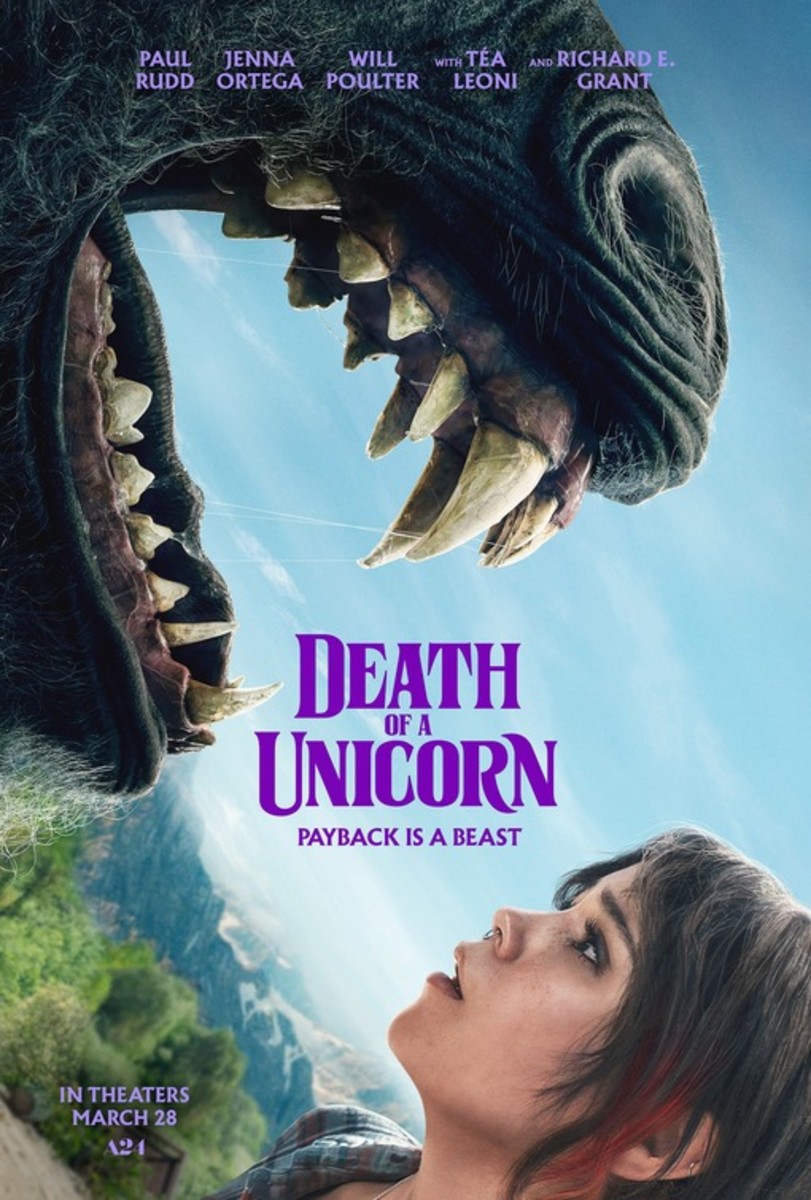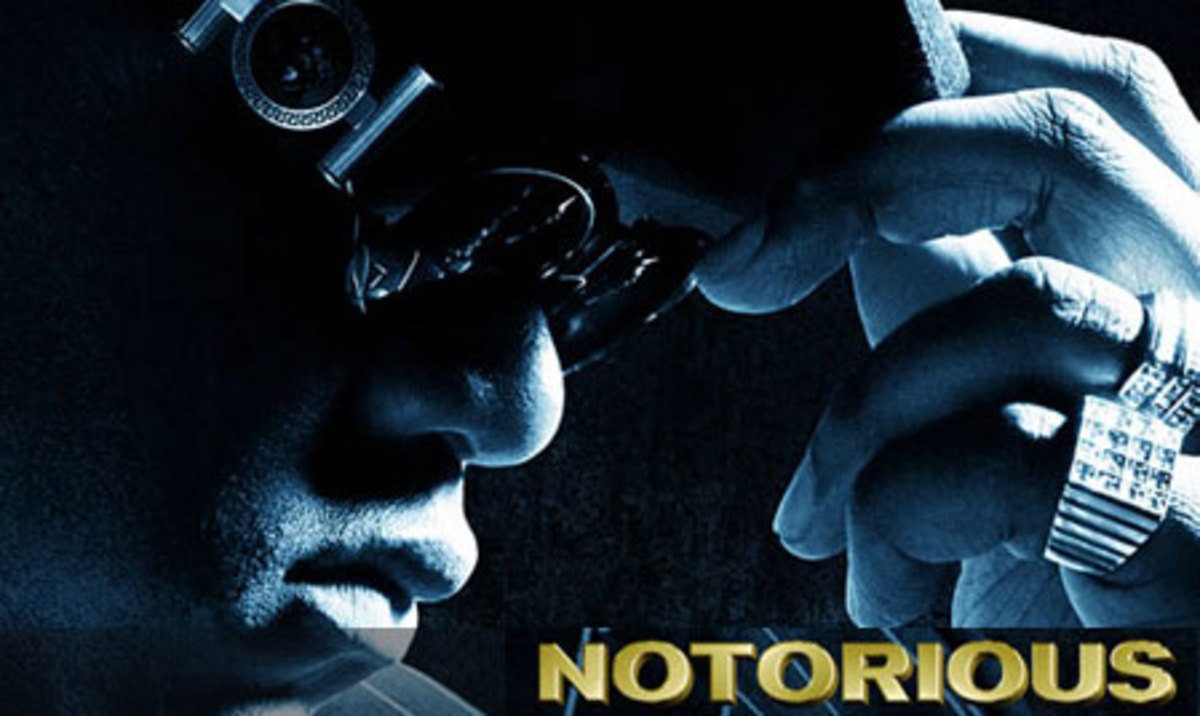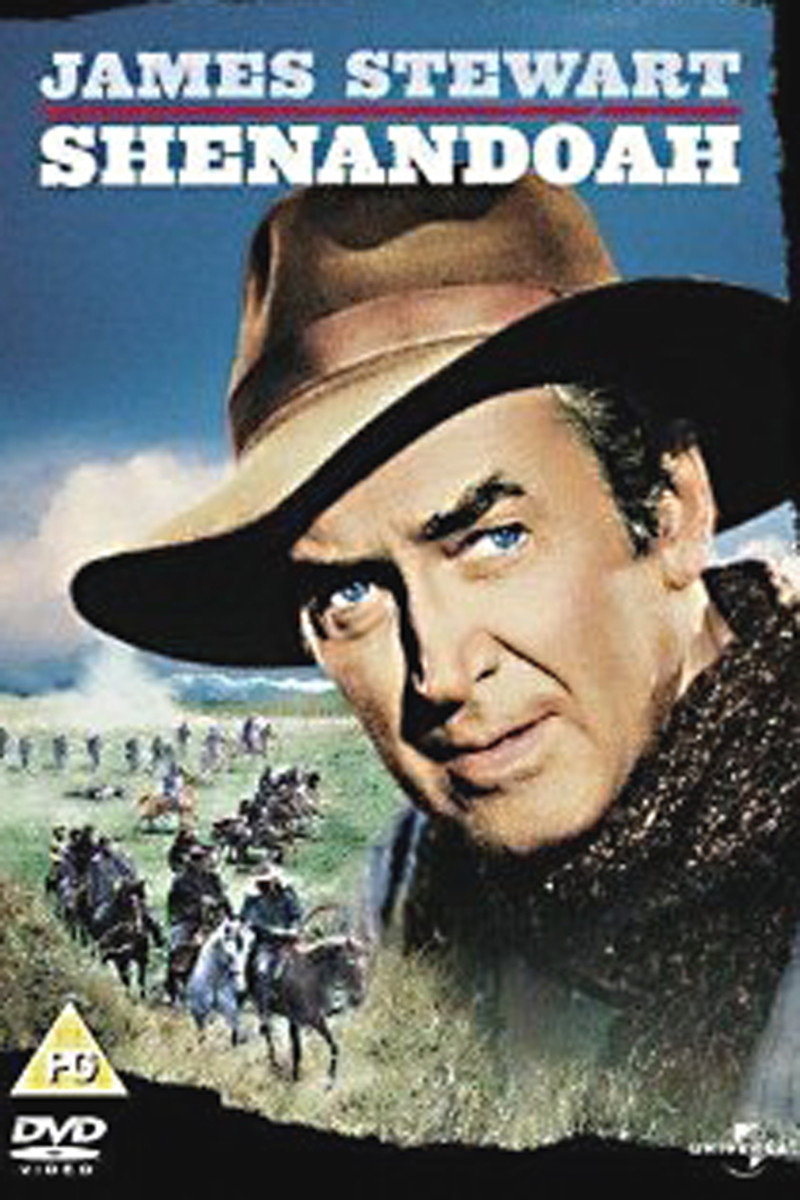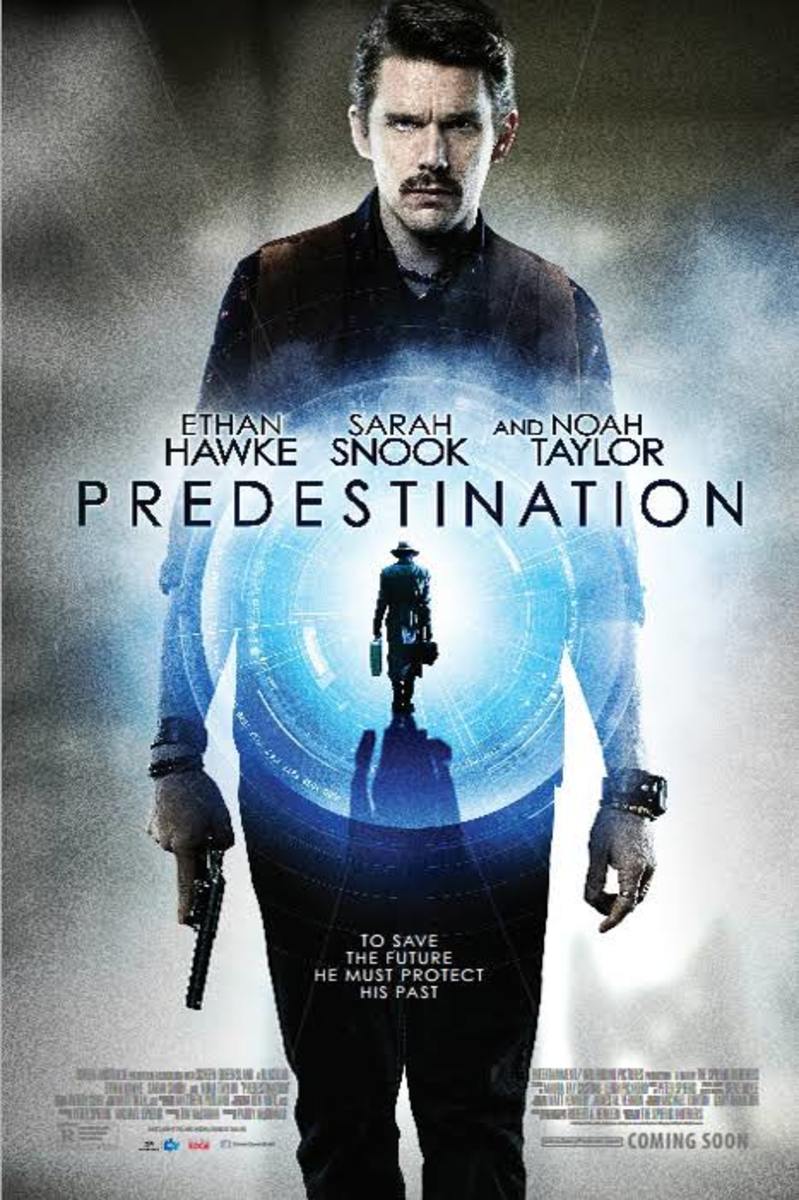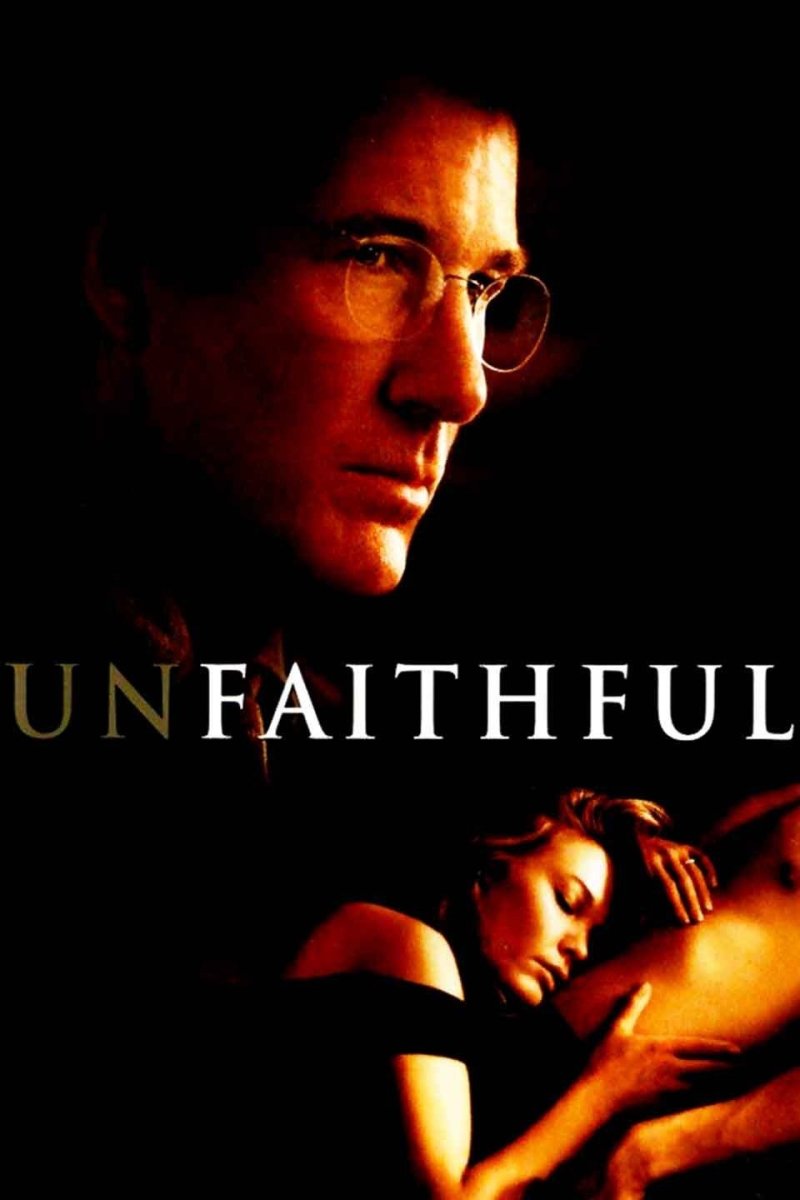Film Review: The Birth of a Nation
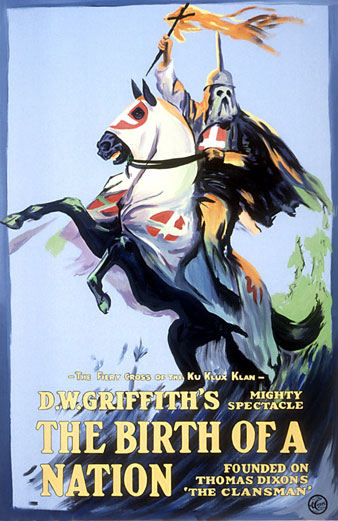
Background
In 1915, D. W. Griffith released The Birth of a Nation, based on the 1902 novel The Leopard's Spots and the 1905 novel The Clansmen: A Historical Romance of the Ku Klux Klan by Thomas Dixon, Jr. Starring Lillian Gish, Mae Marsh, Henry B. Walthall, Miriam Cooper, Ralph Lewis, and George Siegmann, the film grossed between $11 and $60 million at the box office.
Trailer
Synopsis
Two families, the abolitionist Stoneman family and the secessionist Cameron family live and experience life before during and after the American Civil War. After the war, violent controversy erupts over rights and legal issues while the South is being rebuilt without its dependence on slavery. The Republicans try to influence the votes of Southern black people, the Ku Klux Klan is formed to disenfranchise them and others seek the downfall of the white man.
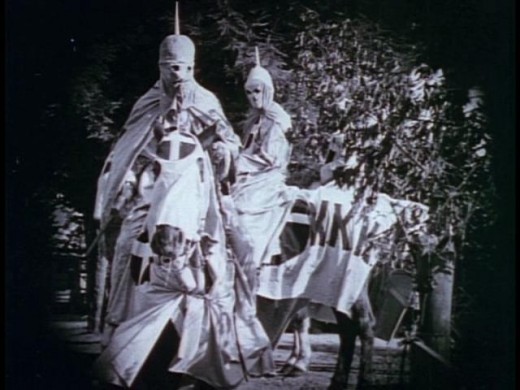
Review
The Birth of a Nation is a difficult film. Considered the first ever full-length feature, it is worth watching at least once as a glimpse into the history of filmmaking but not much else.
On one hand it was a technological breakthrough creating changes in filmmaking for the better. To make this film involved moving cameras which eventually became the norm. Though most shots are stationary, the shots moving along with the actors, mostly when the Klan is charging, are done incredibly well. Further, nearly every cavalry charge borrows form the charges seen int he latter half of the film. The editing is notable as well, defining the act of editing for continuity. If it wasn't for this film, a number of movies today probably would not be as exciting or as engaging as they are.
Yet, where the film was groundbreaking technologically, it's incredibly racist in both a modern light and for its time. Many even considered it to have gone too far for 1915.
The first half of the film isn’t necessarily bad in regards to tone. It deals with the American Civil War, how friends and families on both sides were thrust against each other and turned into bitter enemies. Moreover, it shows the effects of war and how they don’t stop at the front with the soldiers as a militia raids the Cameron house.
The film then continues onto the second half where the freed slaves rape, pillage and burn and the Ku Klux Klan are the heroes who put a stop to their evil ways. It does try to come off as neutral, attempting to use a sympathetic portrayal of Lincoln and having an old, black housemaid come to the aid of her white employer. In this effort at neutrality, it does not side with slavery or with those pushing for racial equality. Instead it supports the Jim Crow laws and portrays the Klan as heroes seeking to protect the south. A scene depicts rescuing Elsie Stoneman from a forced marriage, riding to her aide to the tune of "Ride of the Valkyries" and another sees a member using one of the black people as a kind of club, only furthering the notion this film went beyond what was acceptable in the time of its release.
None of this is to say that this nation has not had a racist past as there are more than a few examples throughout history where it is apparent. However, it should not be forgotten about or left by the wayside in the annals of history which does a disservice to the nation's history and the time period in its entirety The issue is the film does much more than bring up the racism found in the nation's past. It seeks to embrace and glorify it. As a whole, the film probably should have ended after the first half, Doing so might not have brought about what made it such an influential film. Nevertheless, there might have been someone else to consider making use of the breakthroughs this film employed or Griffith could have brought them about in another film.
the postings on this site are my own and don't necessarily represent WNI's positions, strategies or opinion
Awards & Recognitions
bold indicates reception of award/recognition
National Film Preservation Board, USA
- National Film Registry
Online Film & Television Association
- OFTA Film Hall of Fame - Motion Picture

